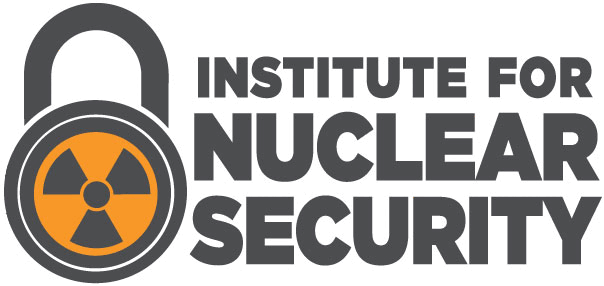Author ORCID Identifier
https://orcid.org/0000-0002-1272-2954
Abstract
As critical components of a state’s energy supply, nuclear power plants (NPPs) can become strategic and tactical targets in military conflicts—or can suffer collateral damage as a result of shelling in the vicinity. Military action jeopardizes the peaceful use of nuclear facilities and hinders their safe and secure operation, increasing the risks of dangerous forces releases. Nuclear security constitutes defense against a vast range of threats, such as theft and illicit trafficking of nuclear and other radioactive materials, their use by non-state actors, nuclear and radiological terrorism, and attacks on nuclear facilities. However, the case of hostilities around Zaporizhzhia NPP in Ukraine signals the emergence of a new, particularly dangerous threat that nuclear security has not explicitly addressed before—a threat from a state actor. Although this hazard has been considered in the framework of international humanitarian law, particularly in Additional Protocols I and II to the 1949 Geneva Conventions, the ongoing attacks on Ukrainian nuclear facilities reveal the absence of effective international mechanisms to mitigate critical incidents such as the one currently unfolding in Ukraine. This article explores the shortcomings of existing international mechanisms addressing the protection of civil nuclear installations during wartime and presents paths for their improvement. The article also emphasizes the necessity of developing multilateral and additional bilateral safety and security measures for times of conflict, as well as international standards to ensure the fulfillment of a state’s nuclear security responsibilities.
DOI
https://doi.org/10.7290/ijns372553
Recommended Citation
Kurando, Maria
(2023)
"Nuclear Security in Conflict Zones: The Dangerous Case of Zaporizhzhia,"
International Journal of Nuclear Security:
Vol. 8:
No.
2, Article 10.
https://doi.org/10.7290/ijns372553
Available at:
https://trace.tennessee.edu/ijns/vol8/iss2/10
Creative Commons License

This work is licensed under a Creative Commons Attribution 4.0 International License.


